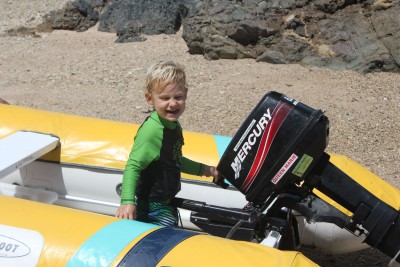The dinghy is also your life raft in emergencies, so take care of it! Every dinghy is a rigid inflatable with an alloy bottom and fitted with:
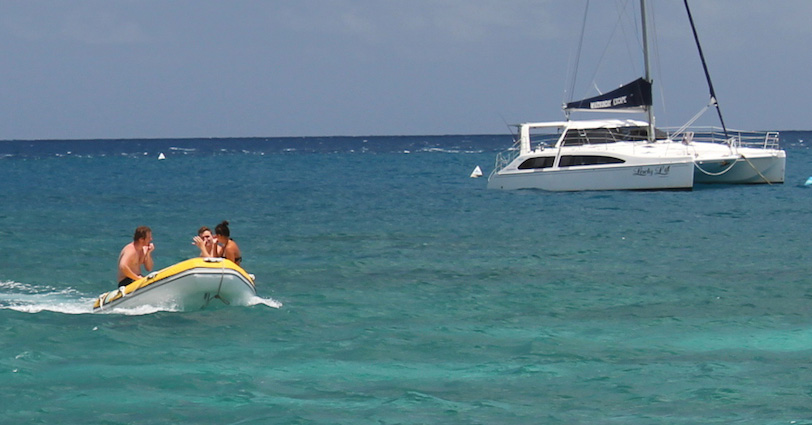
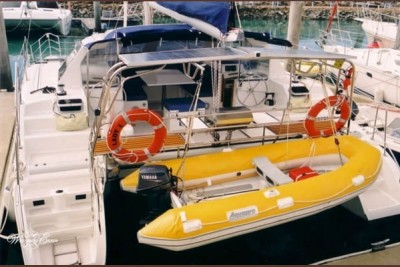
Before departure, raise the dinghy out of the water and ensure:
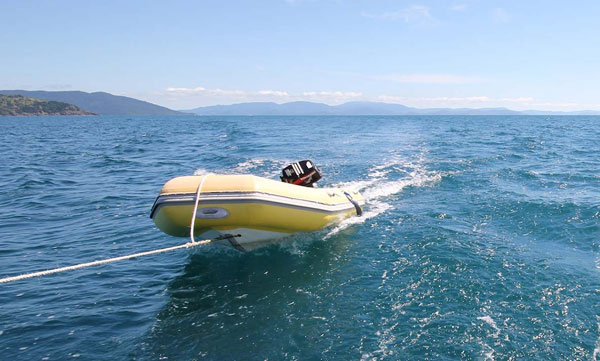
If you slow down suddenly, turn, or go astern while you have the dinghy on a long tow-line, you will come into contact with the dinghy and the dinghy tow rope will foul the propeller shaft. The damage can be significant and can spoil your holiday.
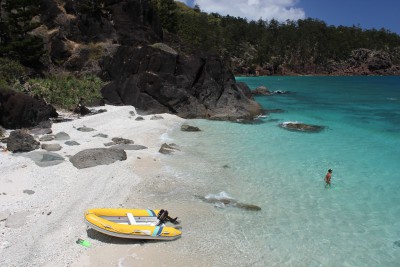
Beware of the dinghys’ metal leading edge damaging the transoms when embarking or disembarking your boat. Best practice is to bring the dinghy alongside or in between the hulls on catamarans.
